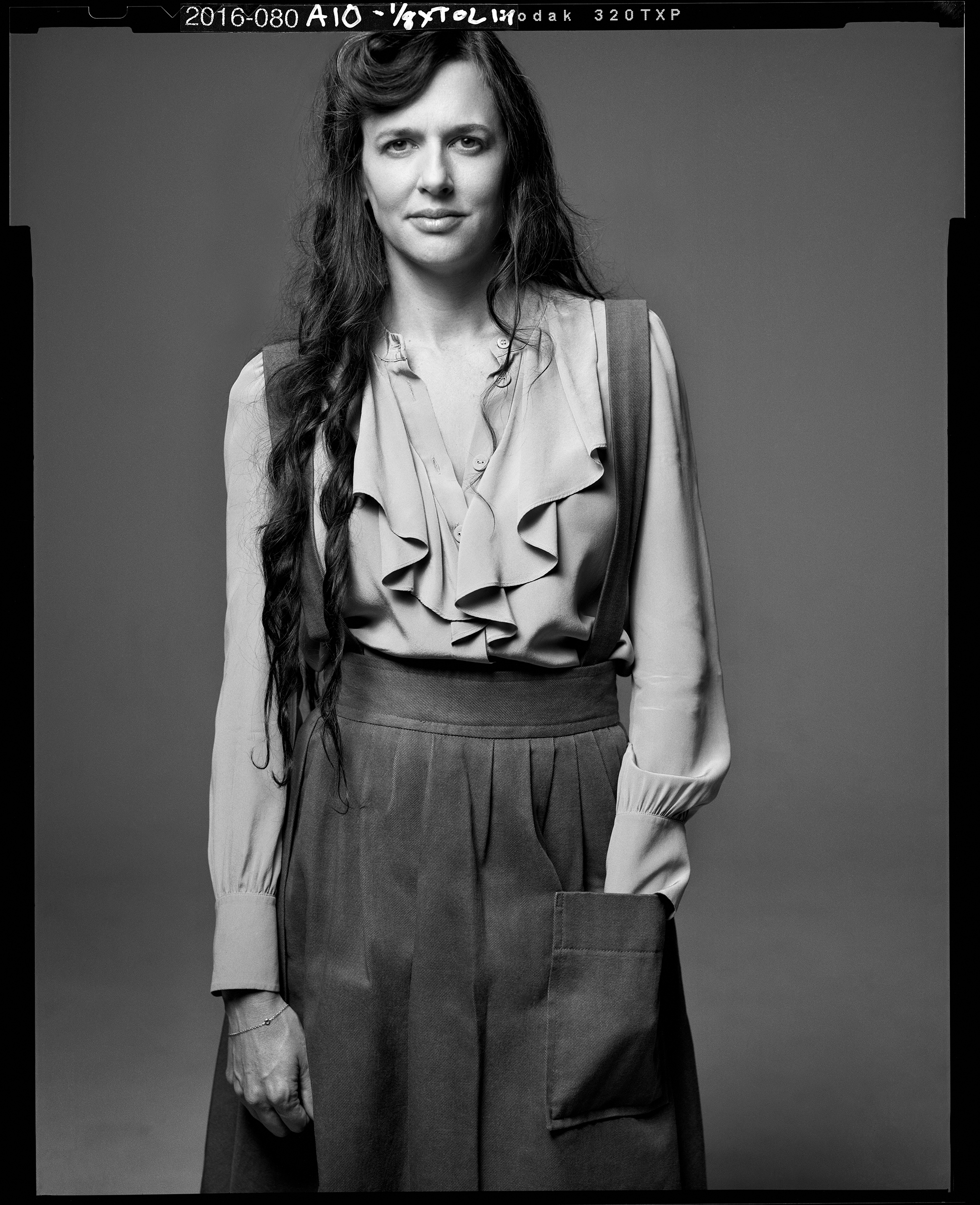Purple Magazine
— F/W 2016 issue 26
Taryn Simon
on conceptual photography
 Taryn Simon
Taryn Simon
interview by LOUISE NERI
portrait by MARK SELIGER
hair by GAVIN HARWIN at The Wall Group using Oribe
make-up by ALICE LANE at The Wall Group using NARS
All artworks copyright Taryn Simon and courtesy of Gagosian Gallery
LOUISE NERI — You’re a storyteller whose investigative drive is matched by an obsessive attention to aesthetic detail, where research is put at the service of image-making. How has your artistic method and conceptual investigation evolved?
TARYN SIMON — There are always oppositional impulses in my work. It is prompted by reality, but doesn’t cleave to it. There are many degrees of filtering and refinement as a new work evolves.
LOUISE NERI — Can you discuss the heuristic nature of your process? You trawl a huge amount of information on a constant basis. In the course of …